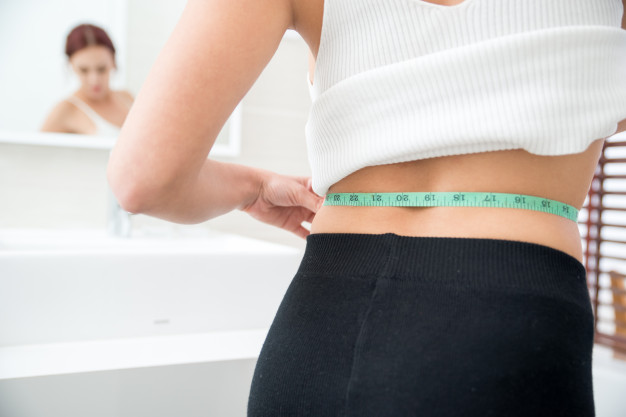Women with bigger waists and hips are at more risk of heart attacks
Reports Says That Women with bigger waist and hips have higher heart attack risk
About:
Women with bigger waists and hips are at more risk of heart attacks than men of a similar “apple shape”, research from the George Institute for Global Health says.
The study showed waist-to-hip ratio to be a better heart attack
predictor than general obesity – 18% stronger than body mass index in women and
6% in men.
The report found a high BMI was linked to heart disease risk in
both sexes.
The researchers interviewed nearly 500,000 UK adults aged 40 to
69.
The research has been published in the Journal of the American
Heart Association and used the UK Bio bank resource.
Heart Attack Signs in
Women:
Uncomfortable pressure, squeezing, fullness or pain in the
center of your chest. It lasts more than a few minutes, or goes away and comes
back.
Pain or discomfort in one or both arms, the back, neck, jaw or
stomach.
Shortness of breath with or without chest discomfort.
Other signs such as breaking out in a cold sweat, nausea or
lightheadedness.
As with men, women’s most common heart attack symptom is chest pain or
discomfort. But women are somewhat more likely than men to experience some of
the other common symptoms, particularly shortness of breath, nausea/vomiting
and back or jaw pain.
Prevention
For Heart Disease:
1.Choose a healthy eating plan: The food you eat can decrease your risk of heart disease and
stroke.
Choose foods low in saturated fat, trans fat, and sodium. As part of a healthy diet, eat plenty of fruits and vegetables, fiber-rich whole grains, fish (preferably oily fish-at least twice per week), nuts, legumes and seeds and try eating some meals without meat. Select lower fat dairy products and poultry (skinless).
Choose foods low in saturated fat, trans fat, and sodium. As part of a healthy diet, eat plenty of fruits and vegetables, fiber-rich whole grains, fish (preferably oily fish-at least twice per week), nuts, legumes and seeds and try eating some meals without meat. Select lower fat dairy products and poultry (skinless).
2.Be physically active:
You can slowly work up to at least 2½ hours (150 minutes) of moderate-intensity
aerobic physical activity (e.g., brisk walking) every week or 1 hour and 15
minutes (75 minutes) of vigorous intensity aerobic physical activity (e.g.,
jogging, running) or a combination of both every week.




Comments
Post a Comment